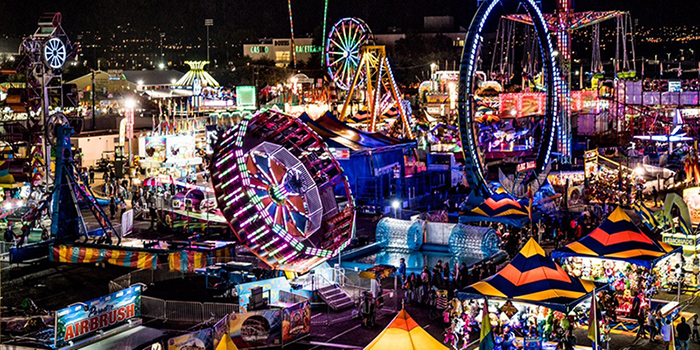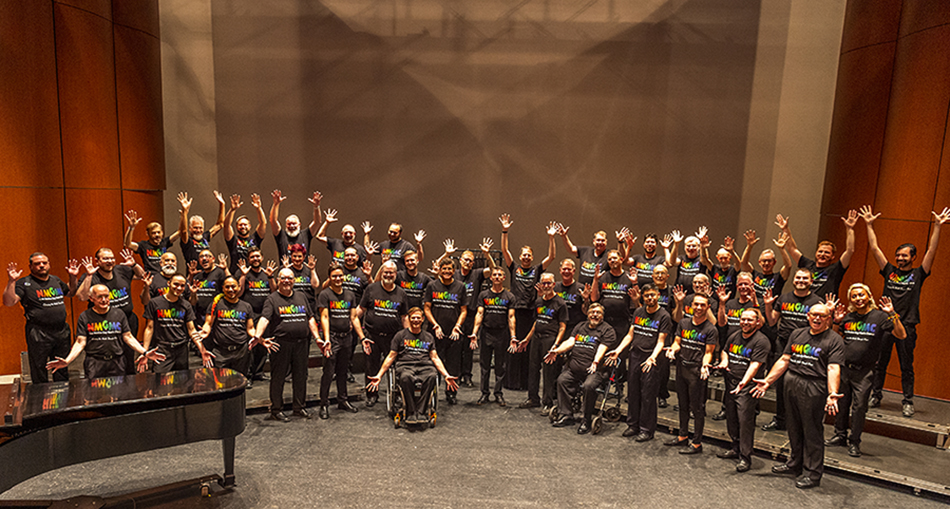Walter W. Nelson is a good photographer. I say that to distinguish him from the legion of digital-age shutter jocks who have proliferated like mold in a forgotten tub of potato salad ever since Adobe released its first version of Photoshop and Nikon put a scanning element in the back of one of its venerable SLRs. A series of his studies of Georgia O’Keeffe’s beloved Black Place in the Bisti Badlands of Northern New Mexico were exhibited last month at Chiaroscuro Contemporary Art in Santa Fe. Nelson also paints and sculpts in a variety of styles. A selection of that work is being shown at Café Pasqual’s upstairs gallery on the Santa Fe Plaza. Several of those pieces come from Nelson’s Black Place visits as well. They are interesting to look at in the context of these photographs, but so different that it’s difficult to talk meaningfully about both in one short space. So for now I will stick to the photography, about which there is much to say.
As a group, these photographs betray a curious, intelligent eye, and are enhanced by the artist’s willingness to tackle several challenging ideas at once. Nelson divides his subject into two seasons, defined alternately by winter and the warmer months of spring, summer, and fall. He has photographed this material in both color and in blackand- white for many years. A number of winter scenes shot in color also look mostly black-and-white. This opposed pairing of seasons and chromatic approaches plays on the salient characteristic of the locale’s black and grey earth, while also nodding to the historical conflict between these two very different ways of making photographs.
For much of the twentieth century, the preferred mediums of fine-art photography were black-and-white film and gelatin silver printing. Color was for commercial photographers and journalists. This was probably because those working in black-and-white could exert artistic control in their own darkrooms, while color photographers were at the mercy of labs that took that craft out of their hands. An early challenger to that order was Eliot Porter, whose large-format transparencies— and the dye-transfer prints he sometimes made from them himself—brought an artful control to the color medium. Nelson’s career, which began with a large-format camera and darkroom printing, has lately transitioned to digital color. His work consequently echoes the original segregation of those two approaches and illustrates the differences that caused it. At their best, his pictures transcend and bridge the divide between these two ways of seeing. Much as Porter’s did, Nelson’s color photographs synthesize subtle relationships of hue with an underlying compositional structure inherited from photography’s black-and-white masters. But where Porter loved lush chromatic primaries, Nelson’s most attuned sensibility is at the opposite extreme. This is particularly evident in a series of four small prints of silver-grey expanses of eroded hillside, shot through with faint traces of rustcolored ore—as well as in the snowy landscapes that he records in all-over compositions built from contrasting, but still tonally nuanced values. These winter pictures feel almost like drawings or lithographs and honor the dual realities of the places the photographer visited and the physical objects he’s made from those views.
If the blessing of digital photography is how comparatively easy it is to do, that convenience has also cursed some of the art made with it. With a little practice, anybody can take a decent picture with a digital camera and generate a stunning image with a PC and an inkjet printer. True, a great deal of expertise can be applied to these new media, but it’s also possible to make impressive looking pictures without ever acquiring those chops. It’s not unusual for digital photographers to proudly boast of having captured “thousands” of frames on a day’s outing; but in the ages of plate and film, those same hours might have been spent finding and setting up the two or three pictures that would later be printed in the darkroom.
It isn’t that the old way was right or the new one wrong—or even that one makes better pictures than the other: They’re just different. But the earlier way did demand a thoughtfulness that digital photography doesn’t explicitly require. The challenge for those using this new technology is therefore to find an art that rises above its easiest solutions. Nelson’s photographs strike the delicate balance between the comparative ease of the new medium and an eye attuned to the subtleties of the older disciplines in which his work is grounded — and that is something that only a good photographer could do.
This article was posted by Cheryl Fallstead













